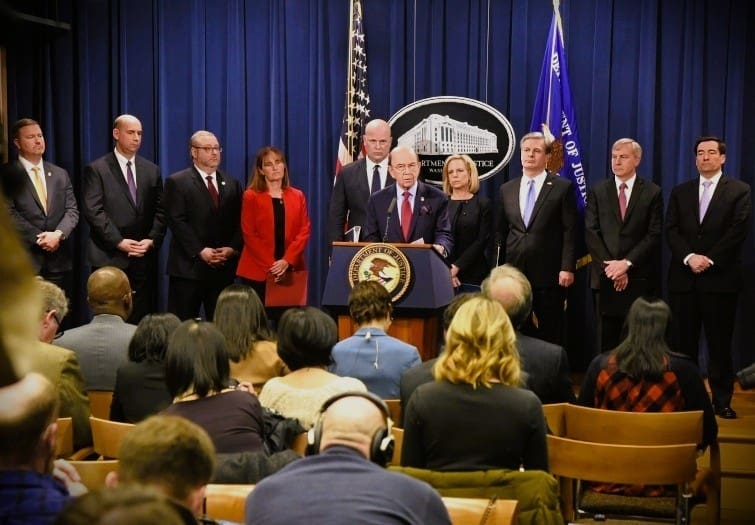WASHINGTON D.C. – In an exclusive report by Fortune, former Commerce Secretary Wilbur Ross has revealed that President Donald Trump’s repeated use of a “90-day clock” in high-stakes international negotiations is a deliberate political strategy designed to align with the U.S. midterm election cycle. The tactic, Ross explained, prioritizes domestic political timelines over the nuances of foreign diplomacy to secure “wins” that can be showcased to voters ahead of key elections.
Speaking with Fortune on Monday, Ross detailed how the strategy typically unfolds: the administration initiates a significant policy threat, such as tariffs or sanctions, only to then offer a 90-day reprieve. This timeline is strategically calculated to expire just before a major election, creating immense pressure on negotiating partners to finalize an agreement that the administration can then present as a victory on the campaign trail.
This insight sheds light on the administration’s current management of several trade disputes. A prominent example is the 90-day pause on reciprocal tariffs exceeding 10% for nations that have not retaliated against recent U.S. trade measures, a policy announced on April 9, 2025. The deadline for that pause is now fast approaching in early July, intensifying pressure on countries including Vietnam, Indonesia, and Thailand—which are key hubs for electronics and apparel manufacturing—to secure deals on terms favorable to the U.S.
The 90-Day Clock
Timeline of a Negotiation Cycle
High-Stakes Negotiations
Two Potential Outcomes
Deal vs. No Deal: Tariff Scenarios
According to analysts cited by Fortune, this electorally-driven approach to foreign policy introduces a new layer of uncertainty into international relations. Foreign diplomats are reportedly growing more aware that the deadlines they operate under are often dictated by the American political calendar rather than the substantive progress of negotiations. This realization risks eroding trust and could lead to frustration among allies, who may feel they are being used as props in a domestic political drama.
With control of Congress on the line in the upcoming 2026 midterm elections, the administration is widely expected to continue leveraging these timed pauses. The focus now shifts to how this strategy will impact negotiations on critical issues of trade, technology, and national security, as President Trump aims to build a portfolio of successful deals to present to the American electorate.
Source: fortune.com








